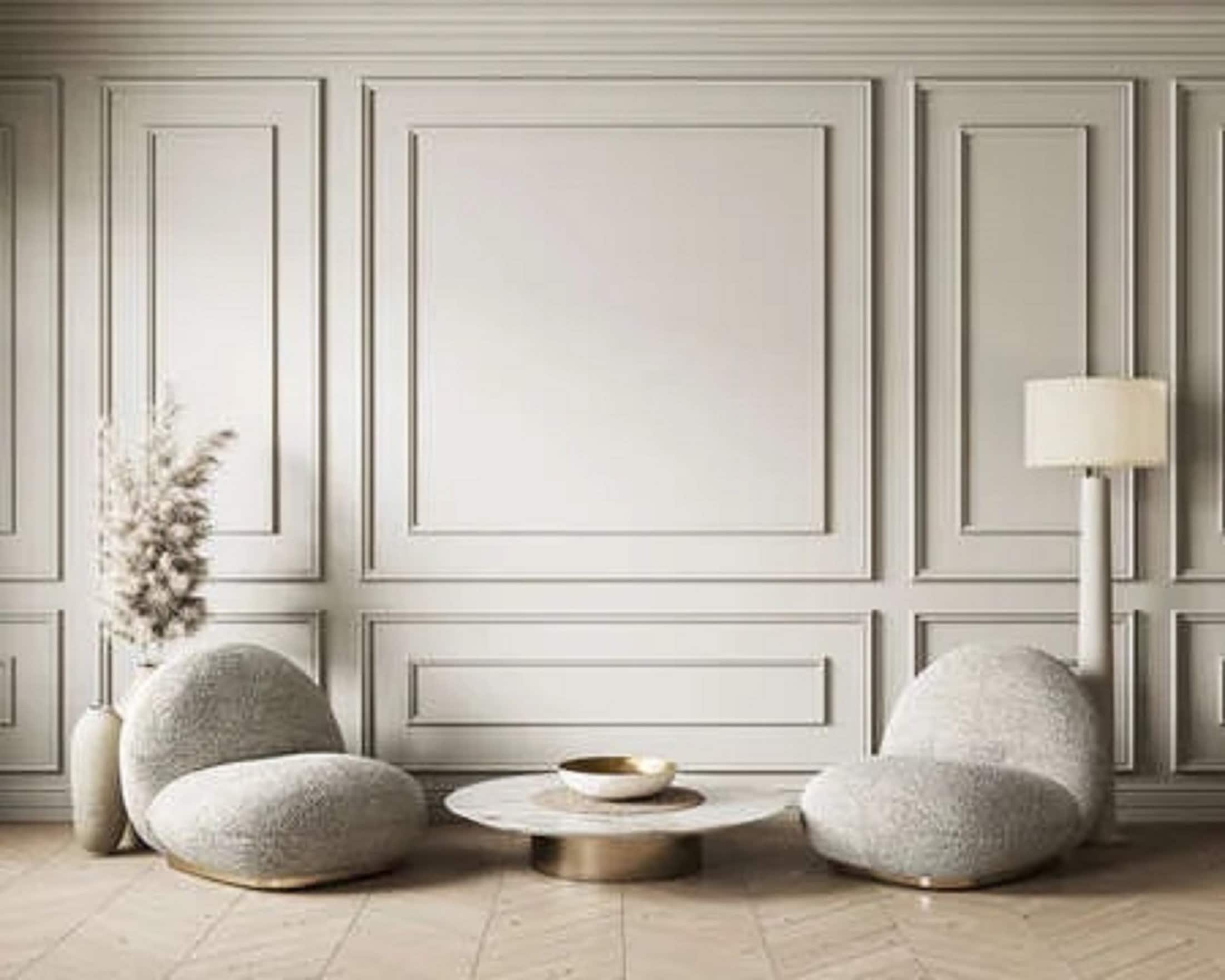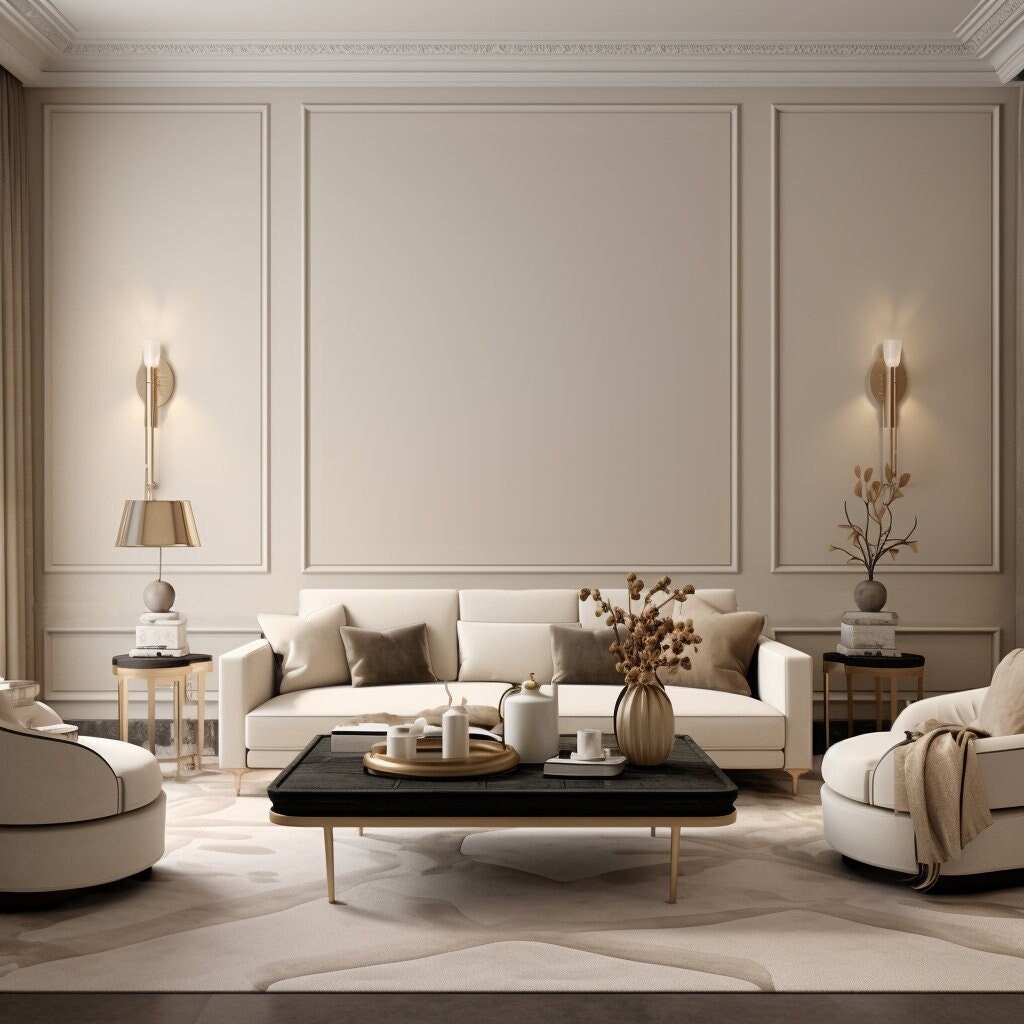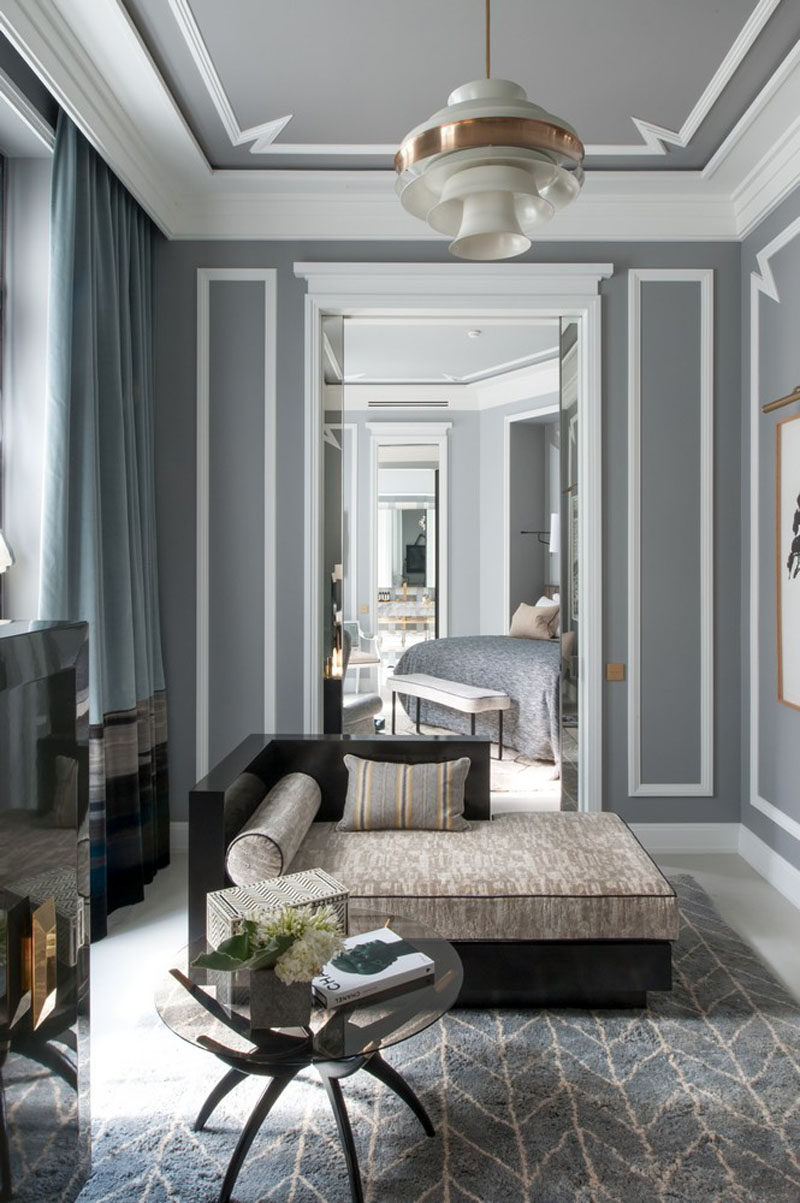Wall decor moulding can add a touch of elegance and sophistication to any room. As someone who has recently revamped my living space with moulding, I can genuinely say that it transforms the environment in ways that paint simply cannot. In this article, we will explore various types of wall decor moulding, their benefits, installation methods, and everything else you need to know to create a stunning look in your home.
What is Wall Decor Moulding?
Wall decor moulding refers to the decorative trim that is installed on the walls of homes. It can be used to enhance architectural details, add depth to rooms, or even create visual interest around doors and windows. The versatility of moulding allows it to fit seamlessly into any style of decor, from traditional to modern.
Types of Wall Moulding
Crown Moulding
Crown moulding is a classic choice that adds a finished look where the wall meets the ceiling. It comes in various styles, from simple and contemporary to elaborate and traditional.
Chair Rail Moulding
Chair rail moulding runs horizontally around the walls of a room, typically at about three feet off the ground. It serves both a decorative and protective purpose, shielding the wall from scuffs and dents from furniture.
Baseboard Moulding
Baseboards sit at the bottom of the wall, covering the joint between the wall and the floor. This type of moulding can enhance the architectural style of your room and can be customized with different profiles and heights.
Picture Frame Moulding
Picture frame moulding is used to create the illusion of a large picture frame on the wall. It adds a unique touch and can be painted or stained to match your decor.

Panel Moulding
Panel moulding is used to create raised or flat panels on the wall, giving a more structured and formal appearance. It’s often used in dining rooms or offices.
Benefits of Wall Decor Moulding
Enhances Aesthetic Appeal
Moulding adds texture and visual interest to your walls. Whether you choose a sleek modern design or a traditional ornate style, it can dramatically elevate the look of your space.

Increases Home Value
Quality moulding can add perceived value to your home. Potential buyers often look for homes with unique architectural features, and moulding is a great way to set your property apart.
Easy to Install
Many types of moulding can be installed as a DIY project. With the right tools and a little patience, you can achieve professional-looking results without hiring a contractor.

Choosing the Right Moulding for Your Space
Consider the Style of Your Home
Before selecting moulding, consider the architectural style of your home. Traditional homes often benefit from ornate moulding, while modern spaces may look better with simple, clean lines.
Room Functionality
Think about how you’ll use the room. For instance, in a dining room, you may want to use wainscoting for a formal touch, while in a bedroom, a softer crown moulding may be more appropriate.

Material Choices
Moulding comes in a variety of materials, including wood, MDF, and polyurethane. Each material has its own advantages and disadvantages that can affect your choice.
Material Comparison Table
| Material | Pros | Cons |
|---|---|---|
| Wood | Durable, aesthetic appeal | Can warp, expensive |
| MDF | Cost-effective, smooth finish | Less durable, can swell with moisture |
| Polyurethane | Lightweight, moisture-resistant | Less authentic look |

How to Install Wall Moulding
Installing wall moulding can seem daunting, but with proper planning and execution, you can achieve fantastic results.
Tools You’ll Need
- Measuring tape
- Miter saw
- Nail gun or hammer
- Level
- Caulk and caulking gun
- Paint or stain (optional)
Step-by-Step Installation
1. Measure the Walls
Start by measuring the length of the walls where you want to install the moulding. Make sure to account for any angles or corners.

2. Cut the Moulding
Using a miter saw, cut the moulding to length, making sure to miter the corners at a 45-degree angle for a seamless fit.
3. Attach the Moulding
Using a nail gun or hammer, attach the moulding to the wall. Ensure it is level and flush against the wall and corners.
4. Caulk and Paint
Fill any gaps with caulk to create a clean look. After that, you can paint or stain the moulding to match your room’s decor.
Pros and Cons of Wall Decor Moulding
Pros
- Adds character and style to a room
- Can be customized to fit any décor
- Protects walls and enhances durability
- Variety of styles and materials available
Cons
- Can be costly depending on the material
- Installation can be time-consuming
- Requires maintenance, such as painting or staining
Maintaining Your Moulding
Proper maintenance can extend the life of your wall moulding. Regular cleaning with a soft cloth and occasional repainting or refinishing can keep it looking fresh and beautiful.
Cleaning Tips
- Dust regularly to prevent buildup.
- Use a damp cloth for stubborn stains.
- Avoid harsh chemicals that may damage the finish.
FAQs About Wall Decor Moulding
1. What is the best type of moulding for a modern home?
For a modern home, consider using flat or simple crown moulding with clean lines. MDF is also a popular choice due to its smooth finish and paintability.
2. Can I install moulding myself?
Yes! With the right tools and a little patience, installing wall moulding can be a rewarding DIY project.
3. How do I choose the right size of moulding?
The size of the moulding should be proportional to the height of your walls. Taller walls can accommodate wider moulding, while shorter walls may look better with thinner profiles.
4. Is it necessary to paint moulding?
Painting moulding is a matter of personal preference. Painting can help it blend with the wall or stand out as a feature. Staining is also an option for wood moulding.
Conclusion
Wall decor moulding is an exceptional way to enhance the beauty of your home. Whether you are looking to add elegance to your living room or a fun touch to a child’s bedroom, there is a moulding style that fits your needs. With the right planning, materials, and a bit of creativity, you can transform any space into a stunning showcase of art and architecture.